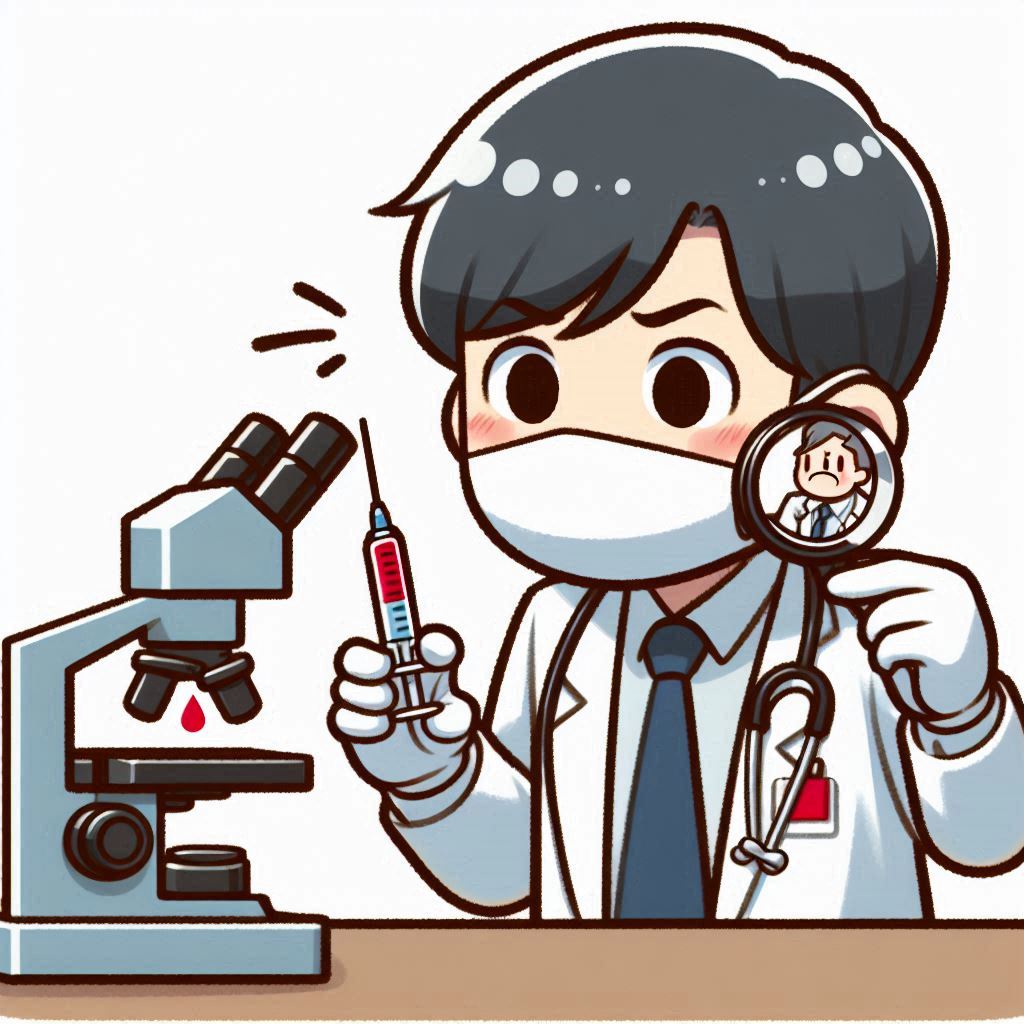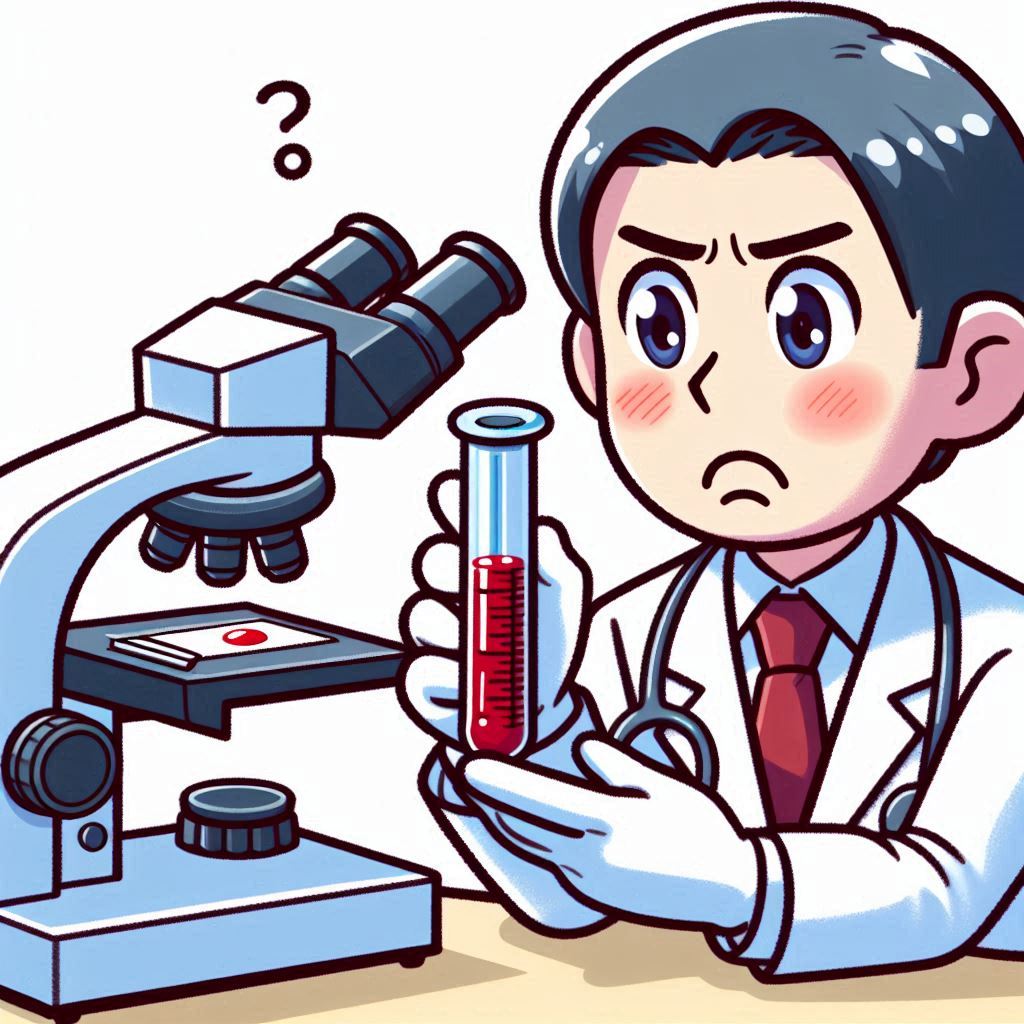日本的梅毒案例創新高
梅毒(花柳)是一種由螺旋狀細菌—梅毒螺旋體(*Treponema pallidum*)引起的性傳播疾病。直接接觸梅毒潰瘍或透過粘膜表面傳播。這些潰瘍通常出現在外生殖器、肛門、直腸、口腔或嘴唇部位。隨著感染的蔓延,會影響多個器官系統,並對健康造成嚴重威脅,如果不及時治療,可能會導致不可逆的損害,甚至致命。
主要通過性行為傳播,包括陰道、肛門和口交。潰瘍通常發生在接觸過程中,因此與感染者發生性接觸時,例如血液、精液或陰道分泌物,潰瘍處的病菌就能直接進入對方體內。此外,梅毒也可通過孕婦傳染給胎兒,稱為「先天性梅毒」,這會對嬰兒造成嚴重的健康問題,甚至可能導致胎兒死亡。
梅毒分為幾個階段,每個階段都有不同的症狀和傳染性。第一階段(初期梅毒)會出現無痛的潰瘍,通常在感染後三周內出現。即使不進行治療,潰瘍通常會在幾週內自行消失,但這並不意味著疾病已經治癒。隨後進入第二階段(第二期梅毒),這時皮膚會出現紅疹,常見於手掌和腳掌,伴隨發熱、頭痛、淋巴結腫大等症狀。如果不進行治療,症狀也會消退,但病菌將進入潛伏期。
潛伏期梅毒可能持續多年,沒有明顯的症狀,然而,感染者仍然攜帶病菌,並且在未來有可能發展為第三期梅毒。這是最嚴重的階段,可能會對心血管、神經系統、骨骼等器官造成不可逆的損害,甚至導致死亡。由於梅毒症狀的隱蔽性,許多感染者在感染初期並未察覺自己已經患病,從而錯失早期治療的機會。
儘管在未經治療的情況下會進展為嚴重疾病,但在現代醫療中,梅毒是可治癒的。治療後,患者的傳染性會很快降低,但他們需要定期進行血液檢查,以確保病菌完全清除。治療能阻止疾病的進展,但無法逆轉已經發生的器官損害,這就是為何早期診斷和治療極其重要。
主要預防方法是安全性行為,使用避孕套能有效降低感染風險,但並不能完全杜絕,因為潰瘍可能存在於陰莖、陰道或肛門之外的皮膚部位。此外,定期進行性病篩查,特別是對有多性伴侶或高風險行為的人群,對及早發現和治療至關重要。
在日本,自2021年開始梅毒病例激增,特別是在大城市如東京和大阪,直到2024年9月,新增病例超過1萬,已經創歷史新高,主要年齡落在20~50歲。這與年輕人中無保護性行為的增加以及性產業的活躍有一定關聯。日本政府已經針對新宿歌舞伎町等熱點,延長檢測點的營運時間,並加強公共衛生宣傳,並呼籲民眾提高防範意識,及早就醫。
梅毒案例的增加反映出在全球範圍內,性傳播疾病仍然是一個值得關注的公共衛生挑戰,特別是在健康教育和性行為安全意識不高的情況下。儘管梅毒在早期相對容易治療,但如果忽視,後果可能是災難性的,因此提高防範和早期治療意識至關重要,患者要在第一時間就醫。
Syphilis (also known as lues) is a sexually transmitted disease caused by the spiral-shaped bacterium Treponema pallidum. It spreads through direct contact with syphilitic ulcers or through mucous membranes. These ulcers typically appear on the external genitalia, anus, rectum, mouth, or lips. As the infection progresses, it can affect multiple organ systems and pose a serious threat to health. Without timely treatment, it may lead to irreversible damage or even death.
Syphilis is primarily transmitted through sexual activity, including vaginal, anal, and oral sex. Ulcers typically develop during contact, so during sexual contact with an infected person—through blood, semen, or vaginal fluids—the bacteria from the ulcer can directly enter the partner's body. Additionally, syphilis can be passed from a pregnant woman to her fetus, known as congenital syphilis, which can cause serious health problems for the baby and even result in fetal death.
Syphilis progresses through several stages, each with different symptoms and levels of infectiousness. The first stage (primary syphilis) is characterized by painless ulcers, usually appearing within three weeks of infection. Even without treatment, the ulcers typically disappear within a few weeks, but this does not mean the disease is cured. The infection then enters the second stage (secondary syphilis), during which a rash may appear, often on the palms and soles, accompanied by fever, headaches, and swollen lymph nodes. If untreated, these symptoms may also subside, but the bacteria will enter a latent phase.
Latent syphilis can last for years without obvious symptoms, but the infected person still carries the bacteria and may eventually develop tertiary syphilis. This is the most severe stage and can cause irreversible damage to the cardiovascular system, nervous system, bones, and other organs, potentially leading to death. Due to the subtle nature of syphilis symptoms, many people are unaware they are infected in the early stages, missing the chance for early treatment.
Although untreated syphilis can progress into a serious illness, it is curable with modern medical treatment. After treatment, the patient's infectiousness decreases rapidly, but they must undergo regular blood tests to ensure the bacteria are fully eradicated. While treatment can stop the disease's progression, it cannot reverse any organ damage that has already occurred, underscoring the importance of early diagnosis and treatment.
The primary method of prevention is practicing safe sex. Using condoms can significantly reduce the risk of infection, but it is not entirely foolproof, as ulcers can occur on areas of the skin outside of the penis, vagina, or anus. Regular screening for sexually transmitted infections, especially for those with multiple sexual partners or high-risk behaviors, is essential for early detection and treatment.
In Japan, there has been a surge in syphilis cases since 2021, particularly in major cities like Tokyo and Osaka. By September 2024, more than 10,000 new cases had been reported, a record high. Most cases are in people aged 20 to 50. This rise is partly linked to an increase in unprotected sexual activity among young people and the active sex industry. In response, the Japanese government has extended the operating hours of testing centers in hotspot areas like Kabukicho in Shinjuku and strengthened public health campaigns, urging people to raise awareness and seek medical attention early.
The increase in syphilis cases reflects a global public health challenge, particularly where health education and sexual safety awareness are lacking.
While syphilis is relatively easy to treat in its early stages, ignoring it can have disastrous consequences. Thus, raising awareness of prevention and early treatment is crucial, and patients should seek medical attention as soon as possible.


照片:DALLE3
- 1
- 2
- 3
- 4
